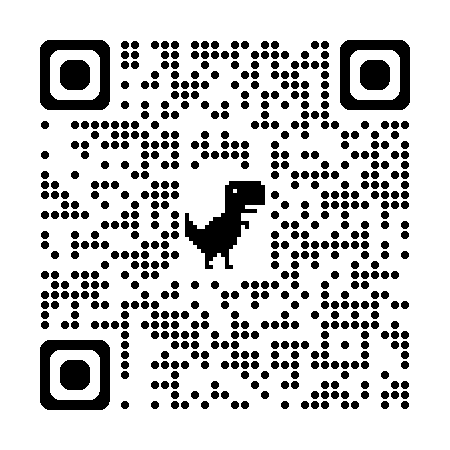20
2025-03
Judicial Strategies for Infringement and Damages Determination regarding Intangible-Technology Patent, and Claim-Centric Validity Affirmed in Invalidation Proceedings
This is a Chinese invention patent titled "V-BY-ONE Signal Processing Method and Device", which relates to luminous display inspection technology for panels during the manufacturing of 8K or 10K ultra-high-resolution LCD screens. In 2020, the patent holder discovered that a company was selling a piece of equipment that may fall within the patent protection scope to an important client of the patent holder. Consequently, the patent holder filed a lawsuit with the Suzhou Intermediate People's Court. In this infringement lawsuit, the determination of whether an infringement occurred was achieved through technical feature comparison in the absence of physical product samples. Meanwhile, the determination of the contribution rate of the involved patent technology in realizing the profit of the patented product, and the recognition and impact of amendments beyond the scope during the invalidation process, all have guiding significance.
1. Technical Feature Comparison and Infringement Determination in the Absence of Physical Products
The suspected infringing product was a custom-made product, and the plaintiff could not purchase a physical product for evidence from the market. Additionally, the patented technology is a software-based solution embedded in programmable logic devices, not a tangible and perceivable object, and is implemented in actual applications in the form of software loading onto hardware. How to present and cross-examine evidence became a challenge in this case. The plaintiff adopted a solution of conducting experiments at the buyer's site, supplemented with operation manuals and patent documents applied for by the defendant for the same model, etc. to achieve a comparison with the involved patent and ultimately confirm the infringement.
- Determination of Reasonable Profit and Actual Damages
Article 14 of the "Several Provisions of the Supreme People's Court on Applying the Law in Adjudicating Patent Disputes" stipulates: "The actual loss suffered by the right holder due to the infringement as stipulated in Article 65 of the Patent Law can be calculated by multiplying the total number of the right holder's patent products reduced in sales due to the infringement by the reasonable profit of each patent product. If it is difficult to determine the total number of the right holder's patent products reduced in sales, the total number of the infringing products sold in the market multiplied by the reasonable profit of each patent product can be regarded as the actual loss suffered by the right holder due to the infringement."
In this case, since both parties had no dispute over the sales quantity A (260 sets) of the infringing product, how to determine the reasonable profit E became the focus of the case. The judge pointed out that the selling price B of the entire testing system as the patented product should be used as the basis for calculation, and the reasonable profit E for each patented product should be accurately determined by multiplying the selling price B of the patented product by the profit margin C of the patented product and the contribution rate D of the patented technology to the actual damages of the patented product. Since the plaintiff is a listed company, the product selling price B (124,000 yuan/set) and the profit margin C of the patented product (36.08%) were determined based on disclosed information. In determining the contribution rate D of the patented technology to the actual damages of the patented product, a two-step method is adopted. First presuming a baseline contribution rate based on signal quantity, then adjusting it via comprehensive factors :
Baseline Contribution Rate: The baseline contribution rate of each type of signal to the overall product profit is inferred based on the number of signals supported by the product. In this case, both the patented product and the accused infringing product can support three types of signal testing, including V-BY-ONE. Without evaluating the value of each signal testing method, it is presumed that each signal testing method contributes 1/3 to the overall product profit.
Correction of Baseline Contribution Rate: The comprehensive element analysis method is applied to adjust the baseline contribution rate inferred in the first step. The involved patent is an invention with a long remaining validity period, a high degree of technical innovation, and a significant technical advantage and effect compared to existing technologies. The profitability of the entire product due to the patented technology is strong. Therefore, it can be determined that the contribution of the involved patented technology to the overall product profit should be higher than the other two signal testing methods. Ultimately, the court comprehensively weighed all factors and determined that the contribution rate D of the involved patented technology to the profit of the patented product is 55%.
Finally, the actual damages of the plaintiff due to the infringement behavior recognized by the judge is A × B × C × D = 260 × 124,000 × 36.08% × 55% = 6,397,706 yuan.
3. Impact of Amendments Beyond Scope in the Specification on Patent Validity
According to Article 33, an applicant may amend his or its patent application, however, the amendment to the patent application for an invention or utility model may not go beyond the scope of disclosure contained in the original description and claims, and the amendment to the patent application for a design may not go beyond the scope of the disclosure as shown in the original drawings or photographs.
The defendant made two separate Invalidation Requests, both of which concluded with the patent being fully valid. Notably, the second Invalidation Request is worth noting. After the patent was granted, the patent holder made two similar amendments to the description, one of which was to change "V-BY-ONE signal source sends 4lane 10K V-BY-ONE source image signal to 4 V-BY-ONE signal processing devices" to "V-BY-ONE signal source sends 4lane 5K V-BY-ONE source image signal to 4 V-BY-ONE signal processing devices." The Board found that neither of these amendments met the requirements of Article 33 of the Patent Law. However, the Board believed that "the amendments beyond the scope in the disclosure did NOT affect the determination of the protection scope of the claims," and the patent remained valid.
This judgment has significant guiding significance, emphasizing that in the invalidation procedure of patents, whether the amendments in the description affect the determination of the scope of protection of the claims is the key factor in determining whether the patent is valid. This has important reference value for the adjudication of similar cases in the future and the patent management of patent holders.
undefined





